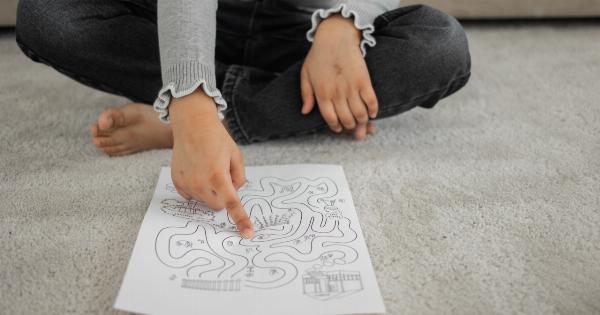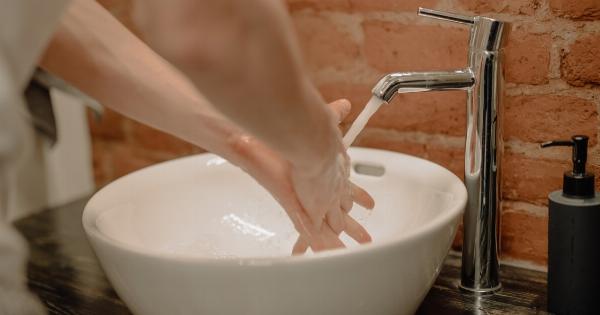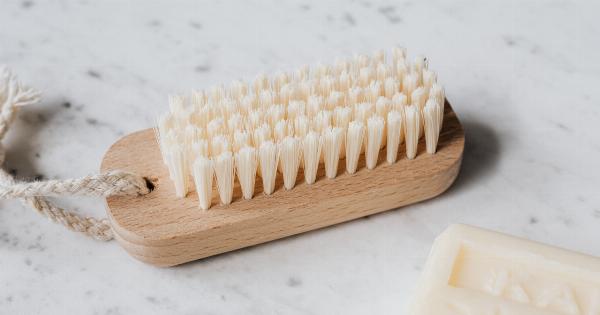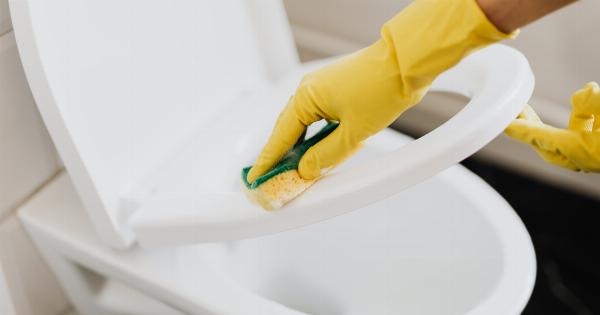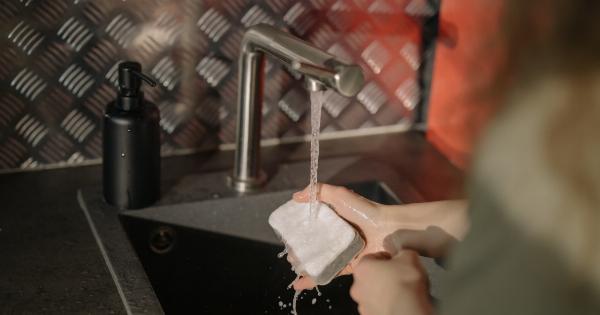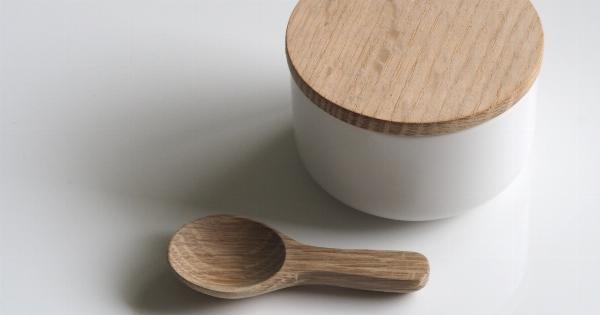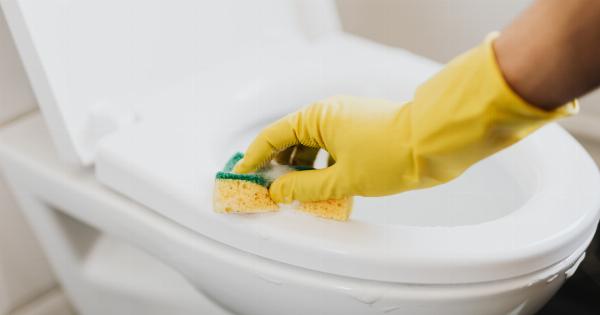As a parent, keeping your children safe and healthy is a top priority. While it’s impossible to shield them completely from all germs, it’s important to identify and mitigate the most hazardous sources of germs inside and outside your home.
By taking proactive measures and creating a clean and hygienic environment for your kids, you can significantly reduce their risk of falling ill. In this article, we will highlight the eight most hazardous sources of germs and provide practical tips on how to keep your kids safe.
Hazardous Source 1: Kitchen Sponge
The kitchen sponge, a seemingly innocent item, can harbor immense amounts of bacteria. It is wet, warm, and often used for cleaning up after meals, making it an ideal breeding ground for germs.
Ensure you regularly replace your kitchen sponge or clean it thoroughly to prevent the spread of harmful bacteria, such as E.coli and salmonella.
Hazardous Source 2: Toothbrushes
Did you know that toothbrushes can become contaminated with fecal matter? It’s a disturbing fact, but one that underscores the importance of proper toothbrush hygiene.
Encourage your children to rinse their toothbrushes thoroughly after each use and store them in an upright position to allow them to dry properly. Replace their toothbrushes every three to four months, or sooner if the bristles become frayed.
Hazardous Source 3: Bathroom Surfaces
The bathroom, particularly the toilet, sink, and faucet handles, are hotspots for germs. Kids often touch these surfaces without washing their hands properly, leading to the spread of harmful bacteria.
Regularly disinfect bathroom surfaces with an appropriate cleaner to maintain a sanitary environment.
Hazardous Source 4: Toys
Children love to play with toys, but these beloved possessions can harbor germs. Plastic toys, in particular, can easily accumulate bacteria.
Ensure you regularly clean and disinfect your child’s toys, especially those that are frequently used or shared with others. Use a mild cleanser and warm water to keep their playthings germ-free.
Hazardous Source 5: Pet Areas
If you have pets at home, their areas can be a significant source of germs. Pet bowls, bedding, and litter boxes can harbor bacteria and parasites that can be harmful to your children’s health.
Make it a habit to regularly clean and disinfect your pet’s belongings to minimize the risk of germ transmission.
Hazardous Source 6: Personal Hygiene Items
Teach your kids about the importance of personal hygiene and the potential hazard that sharing personal items can pose. Items such as towels, hairbrushes, and combs can easily transfer germs.
Avoid sharing these items among family members and ensure they are cleaned and disinfected regularly.
Hazardous Source 7: Outside Play Areas
While outdoor play is essential for children’s physical and mental development, it can also expose them to various germs. Playgrounds, sandboxes, and even backyard toys can become breeding grounds for harmful bacteria.
Clean and sanitize outdoor play areas on a regular basis, and encourage your children to wash their hands thoroughly after playing outside.
Hazardous Source 8: School Environments
Children spend a significant amount of their time at school, surrounded by classmates and sharing common spaces. Schools can be breeding grounds for germs, leading to the spread of illnesses.
Teach your children to practice good hand hygiene, such as regular handwashing with soap and water, and educate them about other hygienic practices to reduce the risk of germ transmission.
Conclusion
Identifying and eliminating the most hazardous sources of germs inside and outside your home is crucial for protecting your children’s health.
By practicing good hygiene habits, regularly cleaning and disinfecting, and teaching your kids about germ prevention, you can create a safer and healthier environment for your family. Remember, a little extra effort in maintaining cleanliness can go a long way in keeping your kids safe from germs.





